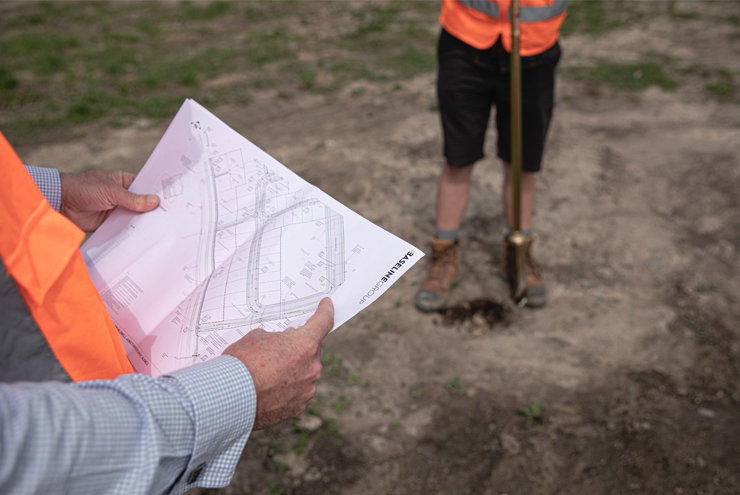By By Laurie Atkinson, Planner, Baseline Group | Ph: 03 339 0401 | E: Info@blg.nz | Dec 21, 2023

On the 27th of November 2023 the new Selwyn District Plan became live as an appeals version. This has created an interesting dynamic in how planning applications are assessed as there is complex interaction between the old operative plan and the new partially operative plan. The appeals version shows the rules, objectives and policies and any other provisions that have been appealed against. You might be asking yourself, but what effect will this have on someone looking to subdivide or develop in the Selwyn District? It’s a good question and one I will do my best to answer!
How can I determine if a rule has been appealed against in the Selwyn District Plan?
Whenever there is an overlap between existing and emerging planning documents, there firstly needs to be an understanding of which rules have and haven’t been appealed against. As the name suggests, the appeals version shows the appealed provisions. In simple terms, this means that a provision that has been appealed against will have a red border with an exclamation mark in the top right corner to enable for easy identification. To look at this in more detail, the exclamation mark is interactive, so if you click on it, you will see all the relevant information relating to the appeal, including the organization/person who has appealed against this rule, the appeal notice and any other relevant information.
How will the Selwyn District Plan’s appeals process affect planning?
So how does this change things? Well, the most significant aspect is that the production of an appeals version means that, rightly or wrongly, planning applications face more scrutiny. For any provisions that have been appealed against the equivalent relevant rule of the old plan must be determined and assessed. This is because any provision appealed against has legal effect, but it is not fully operative until the time the appeal has been resolved. To navigate this crossover, the determination of an application means that councils need to perform a "weighting" exercise to determine which rule, policy or provision has more power. It is usually the case that the plan set to come into effect will have more weighting. However, like most things relating to planning, it isn’t that simple!
From a council perspective the way forward is for each individual application to be assessed on a case-by-case basis. This means that a variety of different reasons can contribute towards an objective, policy or provision having more "weight" than others. This means that local context can be considered with matters such as geographical location of the appeal, general direction of the district plan as well as specifics relating to the application contributing towards the overall decision. An example of this is the increased weight to smaller allotment sizes as a result of the medium density residential standards brought into effect in 2022. Once a weighting exercise has been performed councils will notify applicants on their applications and request further information. This often means a time-consuming process for both applicants and council officers (hence Selwyn District Council pushing back there statutory 20-day time frame to 40 days until further notice).
Why is understanding this process essential?
Although adjusting to new changes in the planning process is tricky, helping to better understand the appeals version will be crucial for anyone looking to navigate the district plan process. As with any new requirement, there will be a period of adjustment before determining what the best planning processes are for consultants, developers and council officers alike. However, the appeals version of
the Selwyn District Plan is here to stay for the near future and full understanding and awareness of the process can help all achieve desired outcomes in an economical and timely manner.
Articles you might be interested in
- What the New Planning System Will Mean for Future Developments
- Granny Flats are not lawful – Yet
- Key Fundamentals of Urban Design and how these are showcased in Rolleston
- Target Price Contracts: A Smarter Way for Developers to Avoid Budget Blowouts
- New RMA rules tighten hazard controls for urban development
- The enjoyment of private property rights
- How AI can shape our future?
- What are development contributions and how might they affect you?
- Granny Flats to Be Allowed, Without Consent: What Homeowners Need to Know
- Adapting to a Depreciating New Zealand Dollar (NZD)